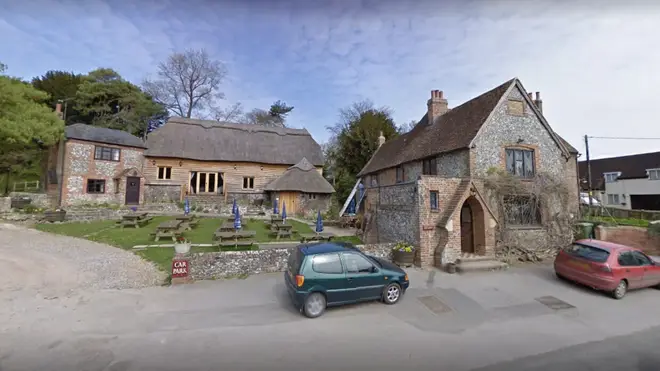
Nick Ferrari 7am - 10am
9 February 2024, 12:36 | Updated: 9 February 2024, 13:37

Russell Brand has had an application to turn a pub into recording studios rejected by council chiefs.
The comedian, 48, bought The Crown Inn in Pishill, Oxfordshire in 2020, with the understanding that it would remain a pub for the local community.
But neighbours have since been left outraged after discovering there were plans to turn the pub into studios.
Brand submitted a planning application to South Oxfordshire Council last November, requesting permission to change the building into offices for digital media production activities.
He also asked to create a barn for community functions and events, the planning agents JCPC said in a statement.
It added: “The proposals would deliver and maintain significant economic benefits, with the offices utilised in connection with an established digital media production enterprise that provides a range of job opportunities.”

Around 50 locals and organisations objected to the plans during a public consultation by the planning authority.
Council chiefs went on to reject the application, arguing that the village would lose an "essential community facility", according to the Henley Standard.
Adrian Duffield, head of planning, said: "This application has failed to demonstrate an acceptable replacement for the lost facility or that the facility is no longer required and is no longer economically viable."
He also said that insufficient information had been submitted to prove that protected trees at the site would not be harmed and that there would not be noise nuisance to neighbours.
The building dates back to the 17th century and was first listed in 1985, according to Historic England.